Take-off is no time for wishful thinking.
Pilots tend to be optimists. Advancing the throttle(s) for take-off, expectation bias lulls us into ‘seeing’ all is normal and power is full, while complacency and familiarity might prevent us from crosschecking indications at all.
We might not detect a loss of performance or power, remembering that a landmark 2010 Australian Transport Safety Bureau (ATSB) study found that partial power loss occurred 3 times more frequently than total power loss, creating a hard-to-identify, demanding and time-critical threat to those aboard.
To better evaluate take-offs in real-time, it’s helpful to identify 5 take-off targets and use them to continue or abort the take-off if needed. If you fail to meet these targets, you must immediately reject the take-off attempt.
Pre-take-off target
A successful take-off begins before you board the aeroplane. This is when you evaluate aircraft, pilot technique and environmental factors that affect take-off performance.
How much distance will your take-off require and how long is the available runway? Are obstacles or rising terrain on your departure path? What’s the aeroplane’s weight? How strong is the wind? What specific technique will you use for this particular take-off? Should you use flaps? Answering these questions and knowing and planning to achieve the goals of your take-off, needs to be done before flight, in the pre-take-off phase.
Power target
Are you getting maximum available power? You won’t know for certain unless you establish some specific power targets. Flying a fixed-pitch propeller aeroplane? You should know the static rpm (tachometer reading at full throttle with no forward motion) and compare it to what you see at the beginning of your take-off roll. Same goes for the expected rpm further into the take-off when airflow often permits a fixed-pitch prop to spin faster.
In aeroplanes with controllable-pitch propellers, know the expected manifold pressure and rpm at take-off power. Most normally aspirated (non-turbocharged) engines will read about one inch below ambient pressure at full throttle. At sea level, that’ll be around 29 inches of manifold pressure, with maximum manifold pressure decreasing about one inch for every 1,000 feet of field elevation above sea level. Turbocharged engines should achieve their full, rated manifold pressure regardless of airport elevation.
In all petrol aircraft engines (as opposed to diesels or turbines), mixture control is vital to achieving take-off power. Many pilots who learn to fly at near-sea-level aerodromes never learn what needs to be done with the ‘red knob’ before a higher altitude take-off. As pressure drops, a corresponding reduction in fuel flow is needed for maximum available power. This is exaggerated in larger, fuel-injected engines as they tend to be set excessively rich (extra fuel flow) at the full-rich position.
Check your aeroplane’s pilot’s operating handbook (POH) for specific guidance but, in general, fixed-pitch propeller engines need to be leaned for maximum propeller speed at full throttle. Those with controllable pitch propellers should be leaned per POH fuel-flow tables (often placarded on the fuel-flow gauge) or for a target exhaust gas temperature setting. Know what indication you’re leaning for in the aeroplane you’re flying and lean the mixture to achieve that target before beginning your take-off roll.
Turbine pilots may have torque or temperature limits for take-off, and often will not be able to go ‘full forward’ with the power levers and remain within one or the other limit. Flying a turbine, you need to know the limiting factors for a specific take-off and ensure maximum available power within those limits.
Acceleration target
You’ve made your pre-take-off calculations and full power is available. But are you accelerating as quickly as expected? The measure of acceleration is usually subjective. Does it feel right?
A better measure of acceleration is to visualise the point at which you expect to reach lift-off speed. Pick a taxi turn-off, a runway distance remaining sign, a tree alongside the runway’s clear area or some other feature to positively identify the spot by which you’ll become airborne.
Some pilots like to use the 70/50 rule, which says you should be at 70% of your lift-off speed when you reach 50% of the calculated take-off ground roll distance (not the runway length, as is sometimes erroneously suggested). Others modify this by stating the aeroplane should attain 70% of lift-off speed within a certain number of seconds after brake release. Both work at sea level; the second will not be accurate as field elevation and density altitude increase and acceleration reduces. The 70/50 rule has its detractors, with some good arguments, but it makes calling for an abort simple if you fail to reach that speed by that point.
Lift-off target
Reaching your lift-off speed target at the predetermined distance down the runway, raise the aeroplane’s nose to the necessary attitude. An aircraft has one attitude that provides optimum climb performance. Achieve that attitude and the aeroplane will climb smartly. A few degrees more ‘up’ and induced drag may seriously degrade climb performance; a few degrees down from optimum and climb rate may also be significantly eroded.
Note that the aeroplane’s attitude is power-dependent; it will be lower at higher density altitudes when power is reduced and the consequences of improper pitch are worse. On take-off, especially when conditions require maximum performance, attitude is everything.
Initial climb target
For initial climb from lift-off until the transition to cruise climb (the transport-category folks call it ‘first-stage’ climb), you should have a pre-take-off idea of your expected climb attitude and vertical speed. Compare real indications to what you expect to decide if your take-off is going as planned, or if you need to re-check attitude, configuration (flaps and landing gear position) and power to safely climb away from the airport.
With knowledge of what you can expect in each phase of take-off, you can establish specific goals or take-off targets. Achieve a take-off target and you know it’s safe to continue. Fail to meet a target and it’s time to abort the take-off without hesitation.
Pilot certification standards do not require evaluating partial power loss scenarios in flight. There’s nothing to require flight instructors to train pilots for anything other than total loss of thrust. Have you ever been put in a partial power loss scenario by your instructor? Is it something you should request be covered in your next flight review?
Know your take-off targets, and actively crosscheck actual indications and performance to your expectations as you charge down the runway. In most cases you’ll detect an anomaly with plenty of time to abort the take-off on the remaining runway – or at least go off the departure end under control at a slow and decelerating speed.
You can’t completely avoid the possibility of sudden loss of power shortly after becoming airborne; however, if the genesis of engine failure occurs before you lift off, you should never find yourself in the air struggling to find a survivable place to quickly put the aircraft down.
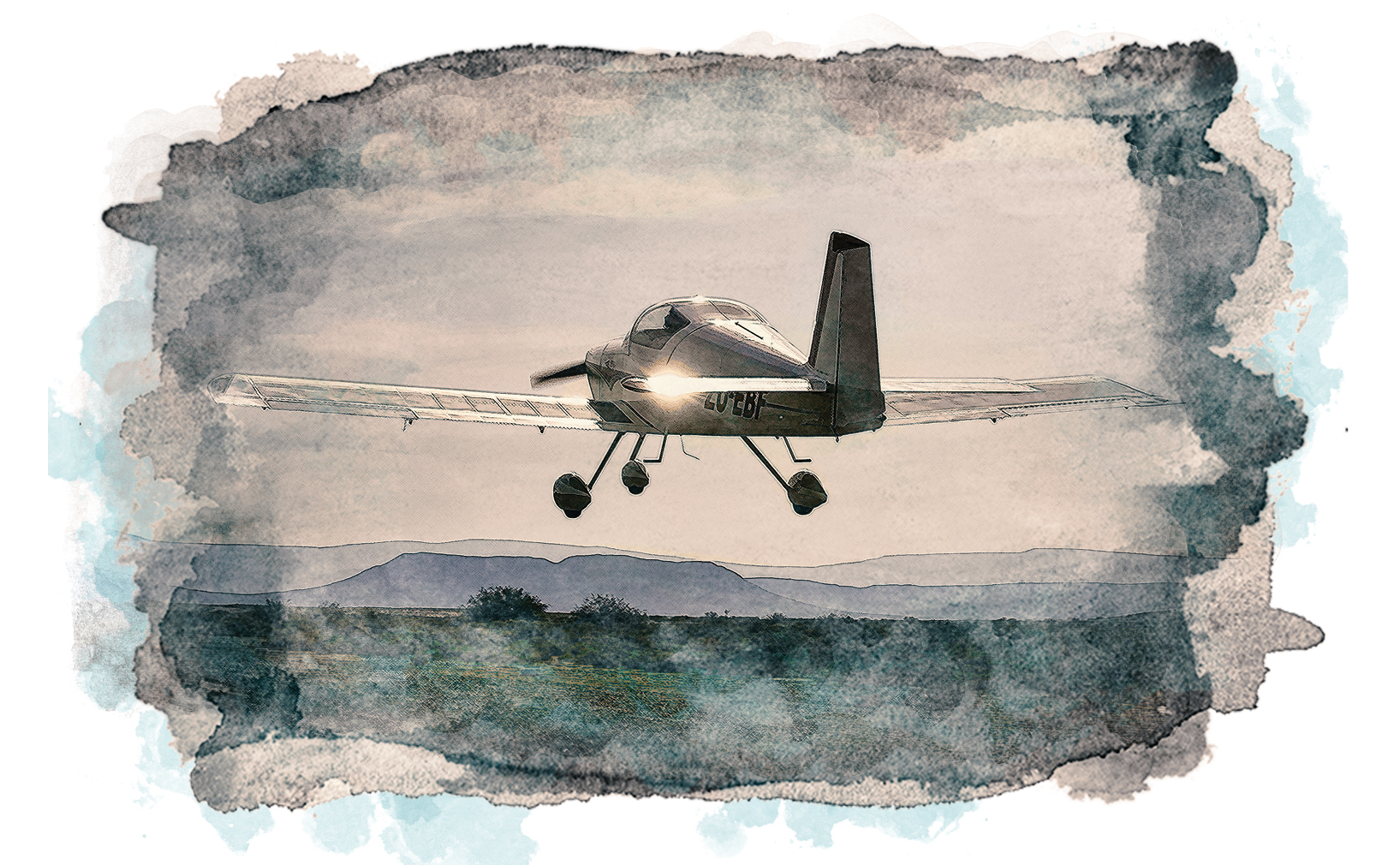
Handling rejection
What if you don’t achieve one of your take-off targets? What if a door or window pops open, an animal appears on the runway or you’re taking off into IMC and realise you left your instrument approach charts in the clubhouse? Here’s what you need to do to safely reject a take-off:
- pay attention: do everything you can to avoid the need for an abort before you ever reach the runway. Don’t skimp on your pre-flight inspection; don’t absent-mindedly rush through the before-take-off checklist. The purpose of all this preflight work is to keep you from having to abort in the first place.
- maintain control: there’s no better way to maximise your chances of survival and minimise the danger of damage than to keep the aeroplane under control. Keep its wings level and the nose pointed straight ahead. Even if you go off the runway, doing so under control maximises the chance of the aeroplane structure protecting you and your passengers. Stay positively on the controls as long as possible.
- reduce power: get the power to idle. The speed with which you need to reduce power – whether you should reduce or chop the throttle – depends on your circumstances:
- aborting from well below lift-off speed, with lots of remaining runway? Bring the power smoothly back to idle.
- rolling toward the last few hundred meters of the runway? Get the throttle to idle now.
- lose an engine on take-off in a twin-engine aeroplane? Chop the throttles to remove asymmetric thrust that threatens to force you off the side of the runway.
- going off the side of the runway? If you’re pulling to the left, reducing power (in most single-engine aeroplanes) will make control easier. If drifting to the right, maintaining some power may help you keep it on the runway. But if you can’t hold it on the prepared surface, bring power swiftly to idle.
- apply brakes: after reducing power, brake as needed to come to a safe stop. If you feel the wheels slipping, then ‘pump’ the brakes (apply and release the brakes in quick succession) until your speed is under control. Don’t lock up the brakes – a skidding tyre can quickly blow, making directional control almost impossible. It may be helpful to pull all the way back on the control yoke to keep weight firmly on the main wheels to maximise brake effectiveness.
Some POHs call for retracting any take-off flaps to increase braking. If so, be very careful to select the proper handle for flap retraction. Many pilots have inadvertently pulled up retractable landing gear when they thought they were retracting flaps.
Regardless of the circumstances of your aborted take-off, the most important thing is to maintain control.
Going off the runway
Is your aborted take-off taking you off the side or the end of the runway? As time and maintaining aircraft control permit:
- Pull the mixture control(s) or condition levers to idle cut-off. This quick action stops most fuel circulation in the engine compartment(s), important for fire prevention if your runway departure leads to a collision and engine compartment damage.
- Turn fuel selector(s) OFF to prevent additional fuel from flowing to the engine(s) where things are hot and ready to burn.
- Turn off the alternator or generator and battery master switches. Electricity can spark a fire if you collide with something after leaving the runway; turning off the switches shuts off this dangerous ignition source.
- Do not pull the propeller(s) to low rpm in aeroplanes with controllable-pitch props. At the higher rpm position, propeller blades create significant drag – keeping the propeller(s) full forward will help you stop sooner.
In some multi-engine turbine aeroplanes, it may be safer to continue to climb if you lose one engine or otherwise fail to meet some take-off targets. Trust me, the ‘accelerate-go’ option rarely exists in multi-engine piston aeroplane operations, and often is outside the realistic realm in some turbines. If accelerate-go is available to you in the aeroplane you fly, you’ll know it because you’ll have practised it in a simulator that realistically mimics that aircraft type.
History shows take-offs are potentially more fatal than landings. We need a way to identify and respond to problems before they lead to accidents. By establishing take-off targets to anticipate performance, gauging actual to expected performance during take-off, and immediately executing a pre-planned take-off abort technique if you fail to achieve a target, you will be better able to handle rejection and avoid a serious take-off mishap. If you must perform a rejected take-off, swiftly follow the procedures to minimise hazards and maximise your chances of survival.
An aircraft has one attitude that provides optimum climb performance

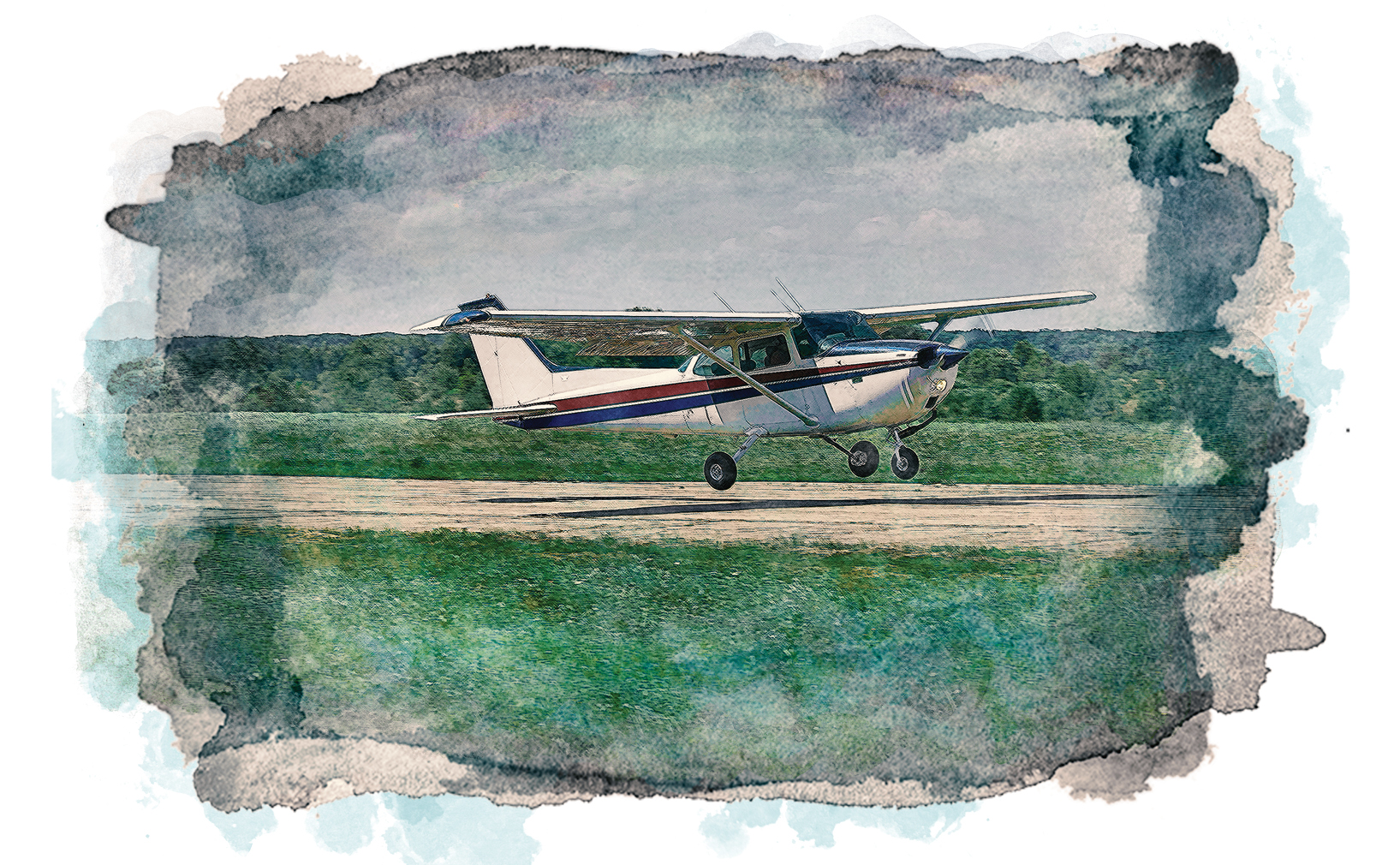
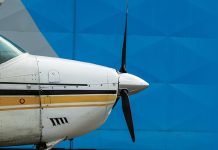
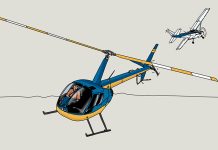
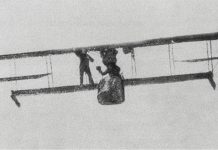

A good article. A subject that is rarely discussed is a High Speed Stall. My aircraft climbs at up to1000 ft pm initially when lightly loaded. I sometimes reduce power to reduce the angle of attack – can somebody comment on the danger of High Speed Stall, when to expect it and how to avoid it?